It’s always funny when single-owner collections are announced at auction houses and you knew the person. Often, when Christie’s announces the sale of the collection of André Leon Talley, say, or Rudolf Nureyev, they have a large – if specific – public following. The character of the objects on sale is measured against a public reputation rather than real knowledge of the person. But every now and then the collection of a friend appears and it changes the way you look at what’s on offer.
On 21–23 February, Bellmans will be offering works from the collection of Meredith Etherington-Smith as part of its Asian, Watches, Jewellery & Interiors auction. This includes everything from an 18th-century Dutch pollard bureau to a late 20th-century stainless steel chair by Thai designer Nopadon Baholyodhin.
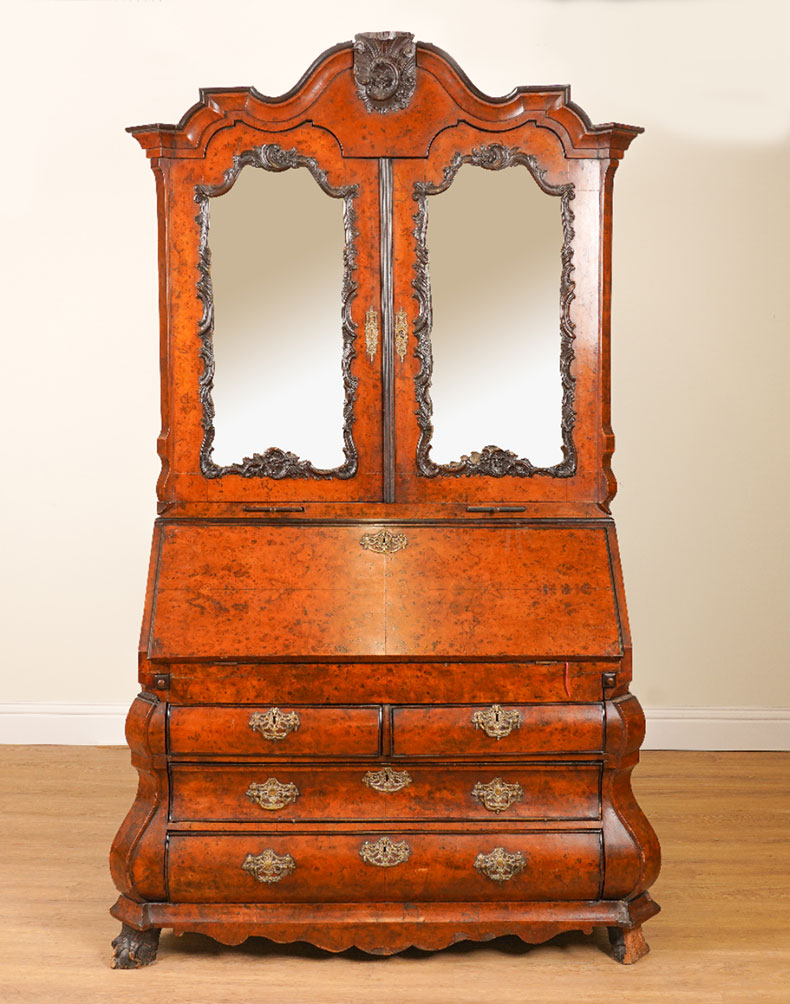
18th-century Dutch Pollard oak bureau bookcase with bombe four drawer case. The Estate of the Late Meredith Etherington-Smith. Bellmans (est. £800–£1,200)
Somehow, on a grid of an auction house, these lots don’t seem to add up to all that much but what they are missing – and evoke in reality – is the indomitable character of Meredith (very rarely was she anything other than Meredith). I first knew her when we worked together on a book for Channel 4’s 25th anniversary and later when she hired me to work on Christie’s magazine at the auction house.
In the 1970s, Meredith worked for Paris Vogue as its London editor, though she lived in Paris and shared a flat with Grace Jones and Jerry Hall; she helped dress them when they went to a party dressed as dominoes. In the 1980s she was appointed editor of GQ in the United States and became the first woman to edit a men’s glossy magazine. She returned to London and was the deputy editor of Harper’s & Queen before shifting her attention to the art world.
Perhaps most influential on her was her time working with Alexey Brodovitch whose name would always be evoked whenever a designer had the temerity to produce a page with an inadequately designed headline. His severe and bold lines influenced both her work on the page and her style off the page, though she tended to have an eye for bold colour that might have made the legendary art director recoil.
Having founded Art Fortnight and edited ArtReview (it was under her tenure that the magazine introduced the much pored-over Power 100 List), she moved to Christie’s where she held a variety of titles from chief marketing officer to editor-in-chief.
Meredith would walk in to the office every morning wearing a black or purple leather skirt, with her trademark bold glasses (normally vintage, picked up from a string of dealers that she knew) and slam her Birkin or bamboo Gucci handbag on to the desk (both, incidentally, lots in the auction). As she sat down her first thought would turn to the important and civilised matter of lunch. Once that was booked, the day could begin.
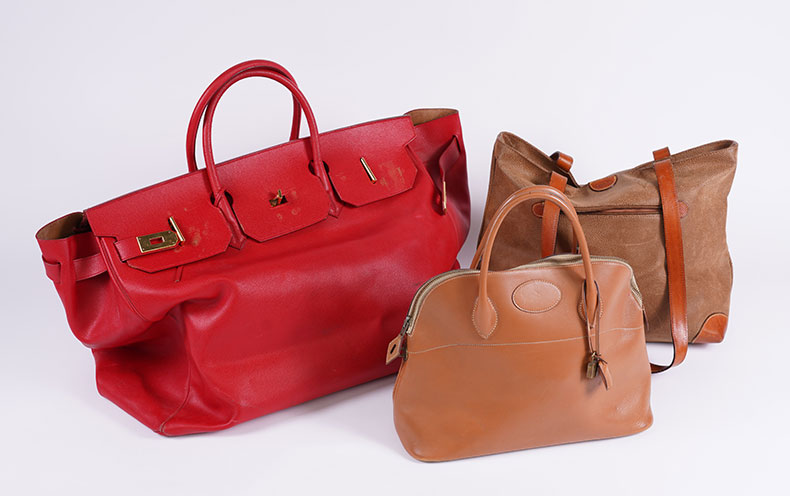
Hermes handbags. The Estate of the Late Meredith Etherington-Smith. Bellmans (est. £100–£150)
In some ways Meredith has become best known for the auctions she curated, the fashion collections of Princess Diana, Elizabeth Taylor and Marilyn Monroe; at the sale of the latter, the dress Monroe wore to sing ‘Happy Birthday Mr President’ was spotlit and lowered into the auction room from the ceiling. Putting together the sale of Diana’s dresses showed Meredith at her best. She was able to pull together a coherent story from the many outfits, strike up a friendship with the late Princess of Wales and commission an acclaimed series of photographs from Mario Testino.
But in some ways her contribution to auctions is more important and longer-lasting than these sales alone. In a pleasing alignment of interests, one of the first auctions that Meredith worked on at Christie’s was the collection of Hubert de Givenchy. Givenchy had amassed one of the most impressive collections of the 20th century. Furniture from the 18th century jostled with silver and works of art. For the first time, a catalogue from an auction house used pictures that were full page. The catalogue was a reference for each lot but, under Meredith’s guidance, it became a testament to the spirit of the collection as well. The catalogues that appear as lots in this auction pay tribute to this work. The competition to produce more and more lavish catalogues, to create visual testaments to artists, collectors and connoisseurs was set in motion. The videos that we see from Christie’s devoted to the latest Andy Warhol or Lucian Freud are in some way a result of the changes wrought by Meredith. These developments might not please everyone, but it is hard to deny they’ve made the auction world more lively.
Unlimited access from just $16 every 3 months
Subscribe to get unlimited and exclusive access to the top art stories, interviews and exhibition reviews.

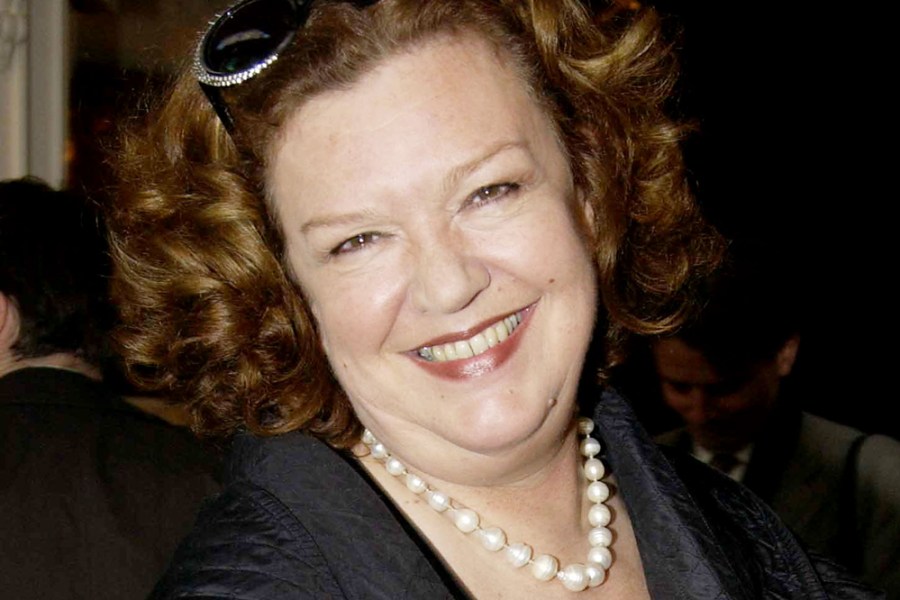
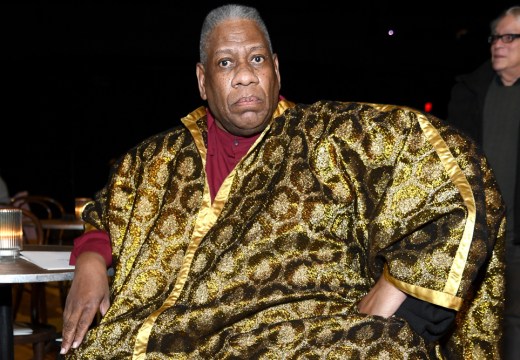
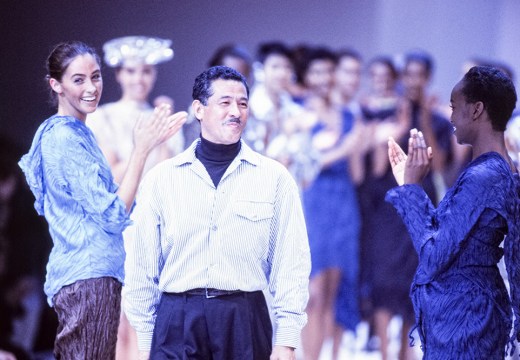










![Masterpiece [Re]discovery 2022. Photo: Ben Fisher Photography, courtesy of Masterpiece London](http://www.apollo-magazine.com/wp-content/uploads/2022/07/MPL2022_4263.jpg)
It’s time for the government of London to return to its rightful home